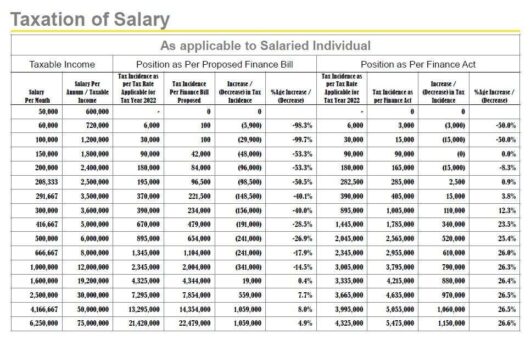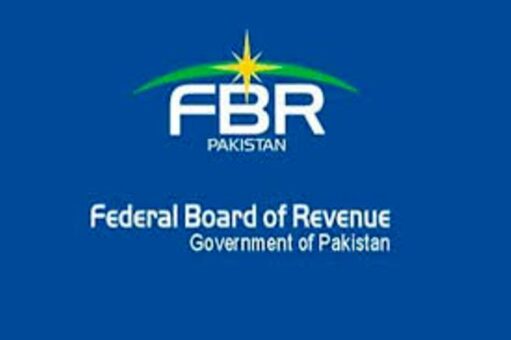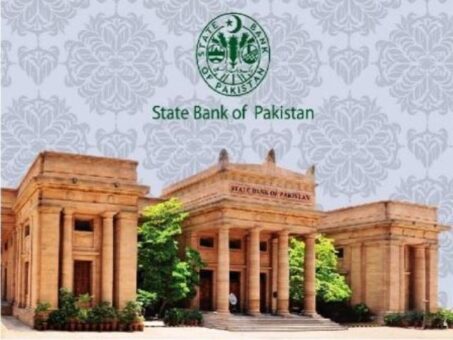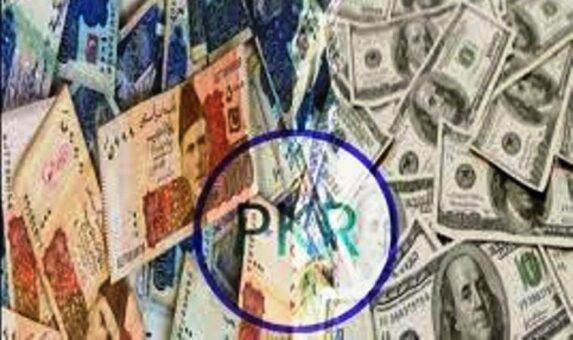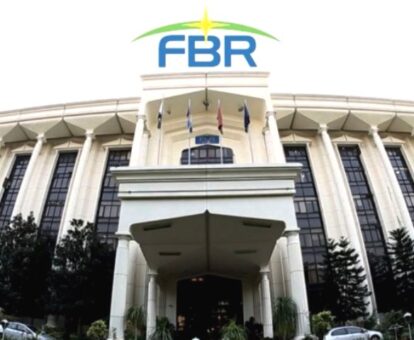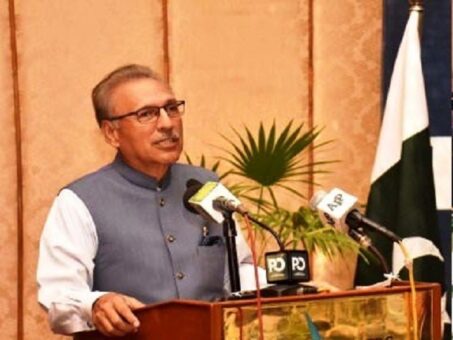KARACHI: The State Bank of Pakistan (SBP) on Monday decided to keep benchmark policy rate at 15 per cent despite inflation is moving upward.
It is important to note that the central bank had already raised a cumulative 800 basis points since September 2021 to cool the overheating economy and contain the current account deficit.
The central bank said that some temporary administrative steps have recently been taken to curtail imports, and strong fiscal consolidation is planned for fiscal year 2022/2023.
READ MORE: Poll sees no policy rate change in August 22, 2022 meeting
“With recent inflation developments in line with expectations, domestic demand beginning to moderate and the external position showing some improvement,” the SBP said, adding that the Monetary Policy Committee (MPC) felt that it was prudent to take a pause at this stage.
Looking ahead, the MPC intends to remain data-dependent, paying close attention to month-on-month inflation, inflation expectations, developments on the fiscal and external fronts, as well as global commodity prices and interest rate decisions by major central banks.
The SBP said that since last meeting it had noted three key domestic developments. First, headline inflation rose further to 24.9 percent in July, with core inflation also ticking up.
READ MORE: Pakistan hikes key policy rate by 125 basis points to 15%
This was expected given the necessary reversal of the energy subsidy package—effects of which will continue to manifest in inflation out-turns throughout the rest of the fiscal year—as well as momentum in the prices of essential food items and exchange rate weakness last month.
Second, the trade balance fell sharply in July and the Rupee has reversed course during August, appreciating by around 10 percent on improved fundamentals and sentiment.
Third, the Board meeting on the on-going review under the IMF program will take place on August 29, 2022 and is expected to release a further tranche of $1.2 billion, as well as catalyzing financing from multilateral and bilateral lenders.
In addition, Pakistan has also successfully secured an additional $4 billion from friendly countries over and above its external financing needs in 2021/2022.
“As a result, foreign exchange reserves will be further augmented through the course of the year, helping to reduce external vulnerability,” it added.
In terms of international developments, both global commodity prices and the US dollar have fallen in recent weeks, in response to signs of a sharper than anticipated slowdown in global growth and nascent market expectations that the US Federal Reserve tightening cycle may be less aggressive than previously anticipated.
In contrast to the trend since last summer, more emerging market central banks have started to hold policy rates in their recent meetings.
READ MORE: Dollar jumps to PKR 216.66 amid political crisis
“This suggests that globally, risks may be shifting slightly from inflation toward growth, although this remains highly uncertain at this stage,” the SBP said.
On balance, some greater slowdown in global growth would not be as harmful for Pakistan as for most other emerging economies, given the relatively small share of exports and foreign private inflows in the economy.
As a result, both inflation and the current account deficit should fall as global commodity prices ease, while growth would not be as badly affected, the central bank added.
Since last policy meeting, most demand indicators have softened—sales of cement, POL, fertilizers and automobiles fell month-on-month in July—and year-on-year growth in LSM almost halved in June.
Recent flooding caused by unusually heavy and prolonged monsoon rains creates downside risks for agricultural production, especially cotton and seasonal crops, and could weigh on growth this year.
Looking ahead, the growth likely to moderate to 3-4 percent in the current fiscal year, on account of the tightening of fiscal and monetary policies.
This will ease demand-side pressures on inflation and the current account, and lay the ground for higher growth in future on a more sustainable basis.
For higher and more sustainable growth over the medium-term, structural reforms to decisively move Pakistan’s growth model away from consumption toward exports and investment are also urgently needed.
After widening significantly in June, the trade deficit halved to $2.7 billion last month, as energy imports declined significantly and non-energy imports continued to moderate.
According to Pakistan Bureau of Statistics (PBS) data, imports fell sharply by 36.6 percent (m/m) and 10.4 percent (y/y). Exports also declined by 22.7 percent (m/m), largely due to Eid holidays but also on some emerging signs of slower global demand. Meanwhile, remittances remained strong.
READ MORE: President Alvi rejects Habib Bank plea, orders to pay victims
As a result of these better current account developments and improved sentiment due to diminished uncertainty about the IMF program, the Rupee has recovered in August.
In addition to slower domestic demand, the recent decline in imports also reflects temporary administrative measures, including the requirement of prior approval before importing machinery and CKDs of automobiles and mobile phones.
These administrative measures are not sustainable and will need to be eased in coming months. In order to ensure that the overall import bill remains contained as these measures are eased, it will be critical that the envisaged fiscal consolidation in FY23 is delivered and that strong measures are taken to curtail energy imports.
Such measures include early closure of markets, reduced electricity use by residential and commercial customers, and greater encouragement of work from home and car pooling.
Notwithstanding the recent improvement in the current account and the Rupee, the foreign exchange reserves have halved from $16.4 billion in February to $7.9 billion on August 12th, as official inflows have been outpaced by official outflows.
The drying up of official inflows—namely multilateral, bilateral, and commercial borrowing as well as Eurobond and Sukuk issuance—was in large part due to the delay in completing the review of the IMF program because of policy slippages.
Meanwhile, on the outflows side, debt servicing on foreign borrowing continued as repayments came due.
However, with the expected completion of the upcoming IMF review and the additional assistance secured from friendly countries, FX reserves are projected to rise to around $16 billion during FY23.
To ensure this and to support the Rupee going forward, it will be important to contain the current account deficit to around 3 percent of GDP by moderating domestic demand and energy imports.
In addition, it will be critical to keep the IMF program on-track by following through on the agreed fiscal tightening and structural reforms over the next 12 months.
For the first time in seven years, the FY23 budget targets a primary surplus, on the back of significantly higher tax revenue. It envisages a strong fiscal consolidation of around 3 percent of GDP, which is appropriate to cool the economy and ensure a reduction in inflation and the current account deficit through the year.
It is imperative that this fiscal consolidation is delivered and that the budgeted measures are fully implemented, notably with regard to the important decisions to align domestic energy prices with international prices and broaden the tax base, while providing targeted subsidies to the most vulnerable. Resorting to measures that impose additional burden on those already in the tax net or measures that are not progressive would be detrimental for growth and employment, as well as social stability.
Private sector credit grew by around 21 percent (y/y) in FY22, somewhat faster than nominal GDP. The expansion was broad-based, with working capital loans accounting for the largest share owing to strong activity in sectors like textiles, food, construction, energy and wholesale and retail trade.
In real terms, private sector credit growth was more subdued last year and actually declined by 3 percent in June, consistent with a moderating pace of economic growth. As desired, since the last MPC meeting, secondary market yields and cut-off rates in the government’s auctions are now well-aligned with the policy rate.
As expected, inflationary pressures intensified in July, with headline inflation rising by a further 3½ percentage points to 24.9 percent (y/y). The main contributors were food and energy inflation but core inflation also rose further, particularly in rural areas.
In coming months, curbing food inflation through supply-side measures that boost output and resolve supply-chain bottlenecks should be a high priority.
Encouragingly, there is evidence that inflation expectations of businesses have eased significantly. Looking ahead, headline inflation is projected to peak in the first quarter before declining gradually through the rest of the fiscal year.
Thereafter, it is expected to decline sharply and fall to the 5-7 percent target range by the end of 2023/2024, supported by the lagged effects of tight monetary and fiscal policies, the normalization of global commodity prices, and beneficial base effects.
This baseline outlook remains subject to uncertainty, with risks arising from the path of global commodity prices, the domestic fiscal policy stance, and the exchange rate.
The policy committee will continue to carefully monitor developments affecting medium-term prospects for inflation, financial stability, and growth.
